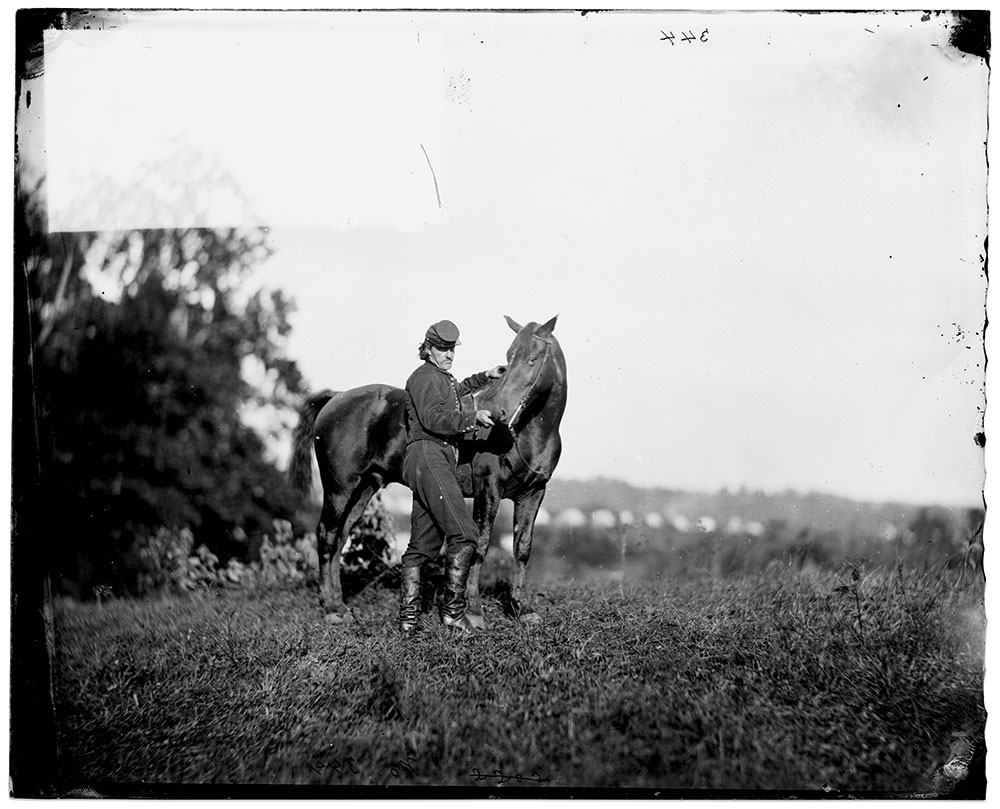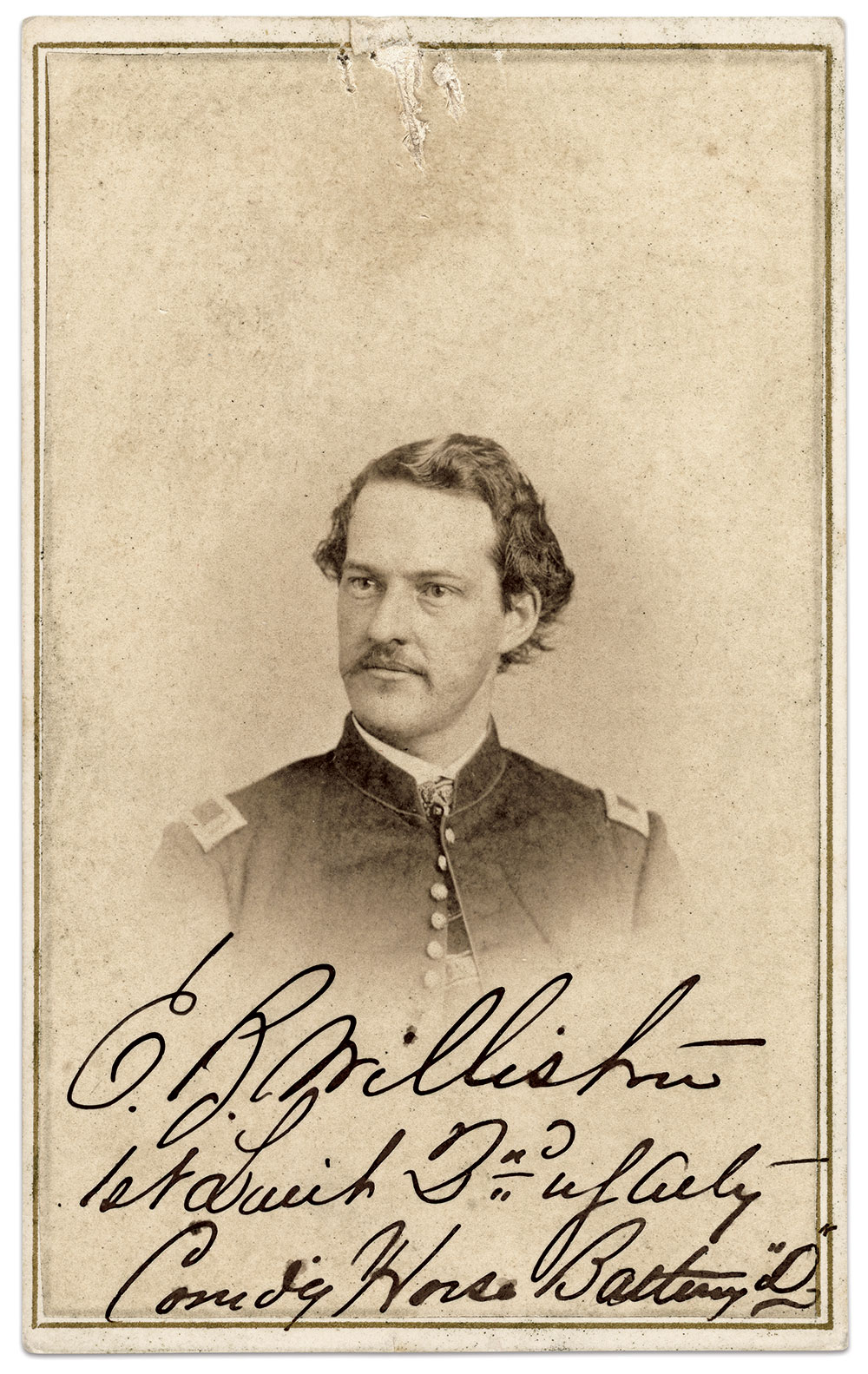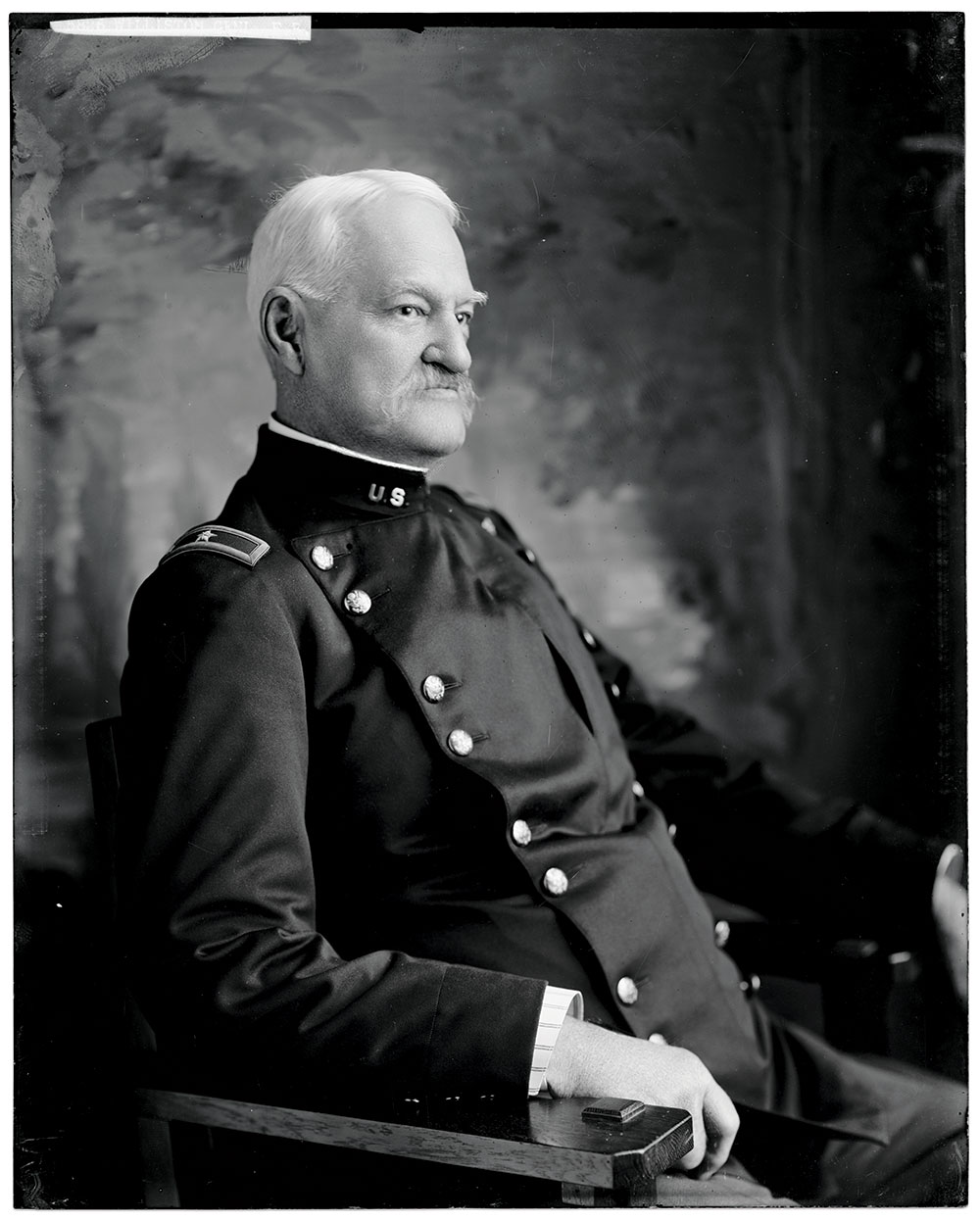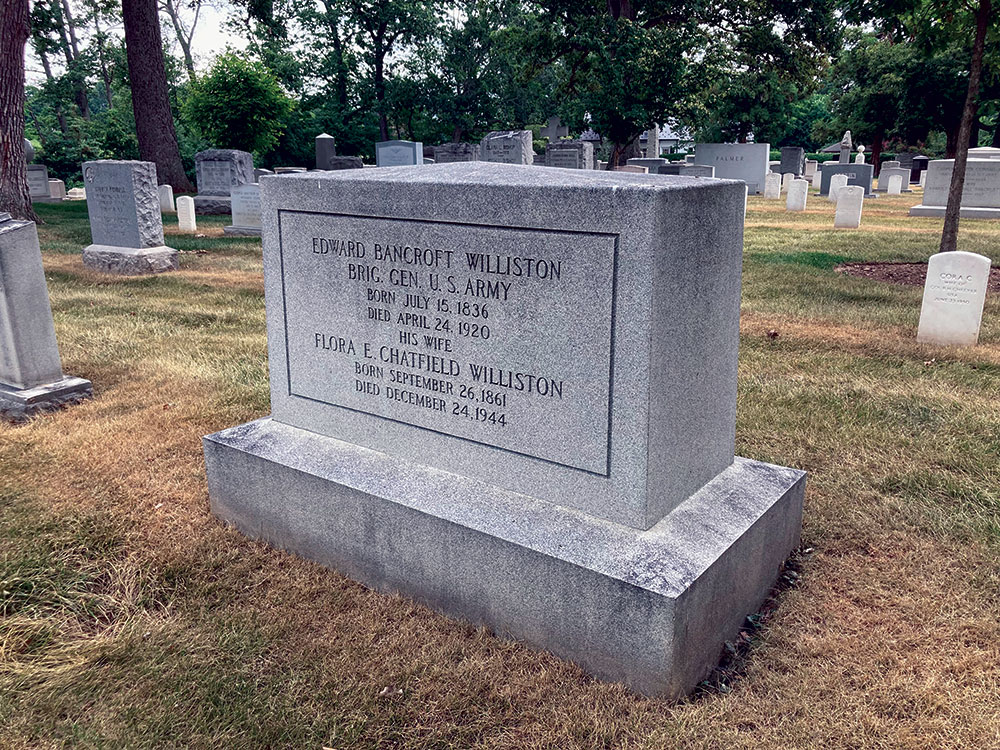At Trevilian Station during the afternoon of June 12, 1864, Union reserves moved quickly to contain damage inflicted by Maj. Gen. Wade Hampton’s cavalry. One of the hastily formed skirmish lines included an unexpectedly innovative element: A brass 12-pound field piece rolling in time with the advance.
Commanders instantly grasped the increased firepower of the line and rushed it to the front. The officer in charge of the gun and its crew, 1st Lt. Edward Bancroft Williston of the 2nd U.S. Artillery, pulled the lanyard time and time again, spewing shot into the rebels. The artillerists kept up the fire and slowed the enemy. Their contribution enabled Union forces to withdraw from a tight spot after nightfall and may have prevented a Confederate breakthrough. The fight went down in history as a tactical victory for the Confederates in the larger Overland Campaign.

The general in command, Wesley Merritt, praised Williston in his after-action report: “He remained with his gun, in the face of the strengthened enemy (who advanced to its very muzzle), dealing death and destruction in their ranks with double loads of canister.”
He added, “The Light 12’s Were Magnificent.”
Williston, 27, had earned a reputation as a superb artillerist long before this fight. An 1856 graduate of Norwich University, a top military school, he joined the regular army and fought in most major Eastern engagements, picking up two brevets along the way. After Trevilian Station, he earned a third and ended the war with his captain’s bars and a fourth brevet.


In 1892, Williston received further recognition for Trevilian Station—the Medal of Honor. At this time he ranked as a regular army major, and reached full colonel in 1898. In the Spanish-American War, he commanded a division of volunteers in Cuba, and went on to serve in the Philippines. One of Williston’s peer officers happened to be Merritt. If the two veteran warriors met and reminisced about the Civil War and Trevilian Station, the exchange is lost in time.
Williston ended his career in 1900 and joined the retired list as a brigadier general in 1904. He died in 1920 at age 82. He outlived Merritt, who had passed away in 1910.

Most Hallowed Ground is part of the Arlington National Cemetery (ANC) Project. Established by Jim Quinlan of The Excelsior Brigade, its mission is to identify all Civil War veterans on the grounds, and to provide a biographical sketch and photograph of each individual. If you have an image to share, or for more information, contact Jim at 703-307-0344.
SPREAD THE WORD: We encourage you to share this story on social media and elsewhere to educate and raise awareness. If you wish to use any image on this page for another purpose, please request permission.
LEARN MORE about Military Images, America’s only magazine dedicated to showcasing, interpreting and preserving Civil War portrait photography.
VISIT OUR STORE to subscribe, renew a subscription, and more.

